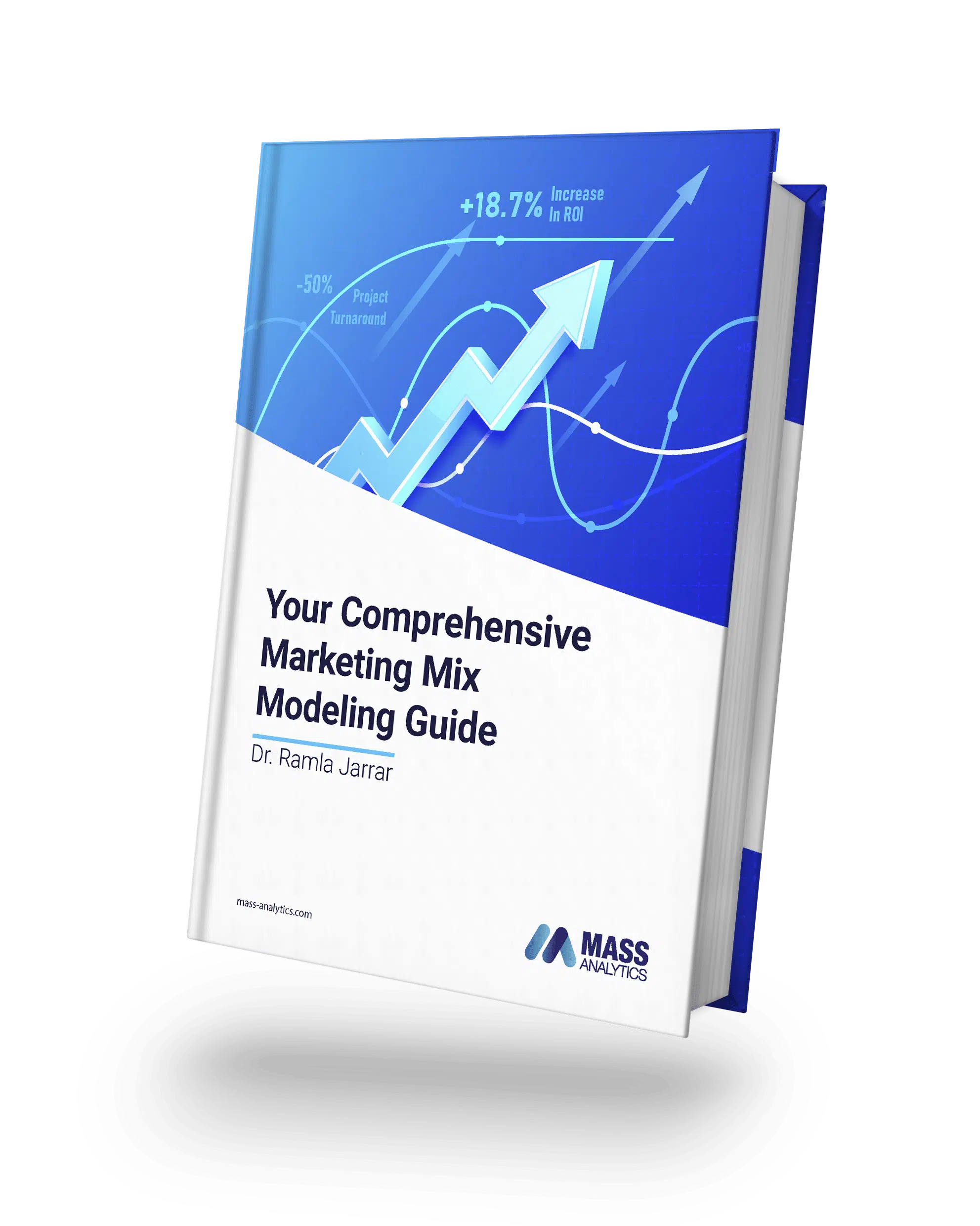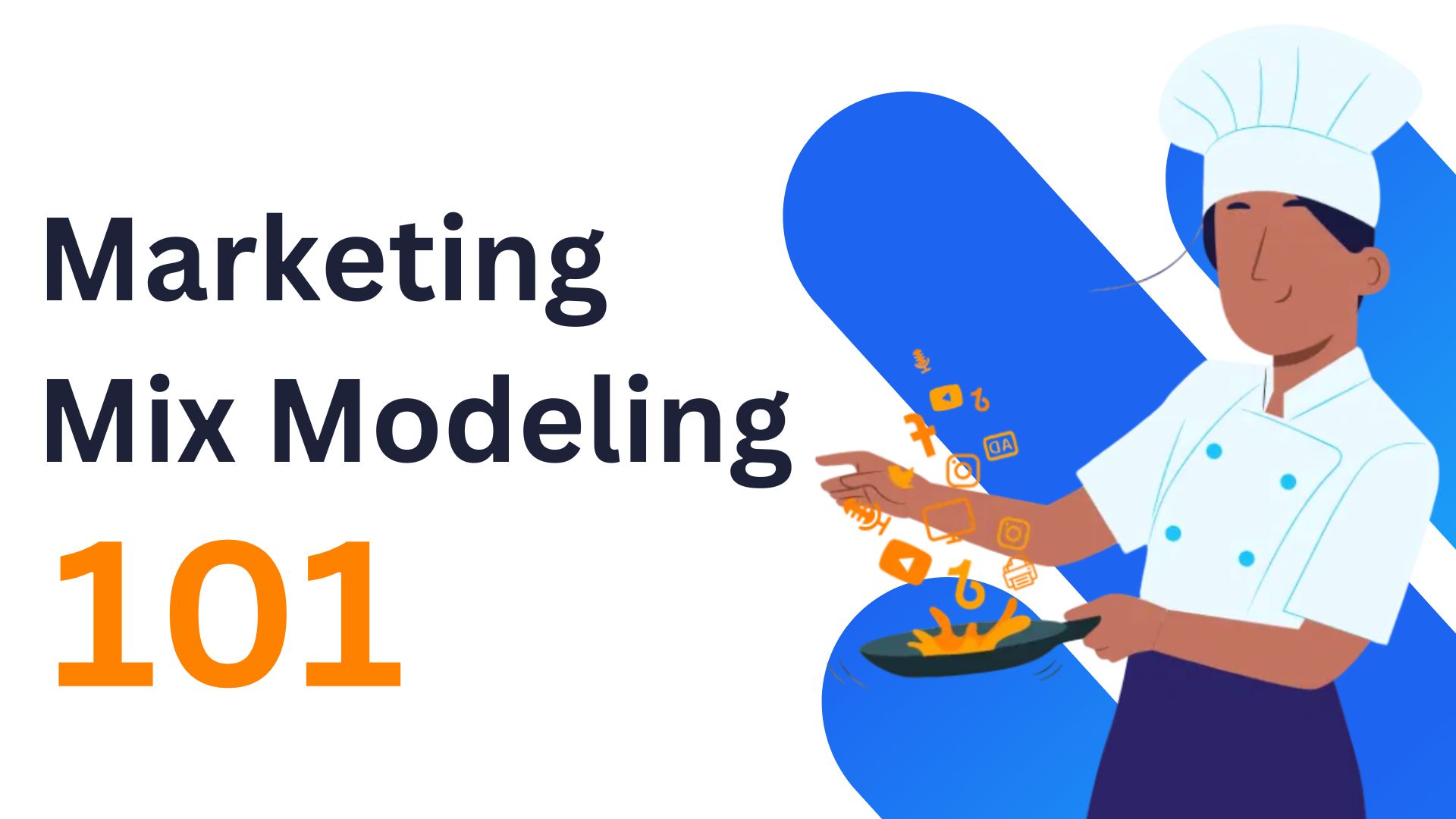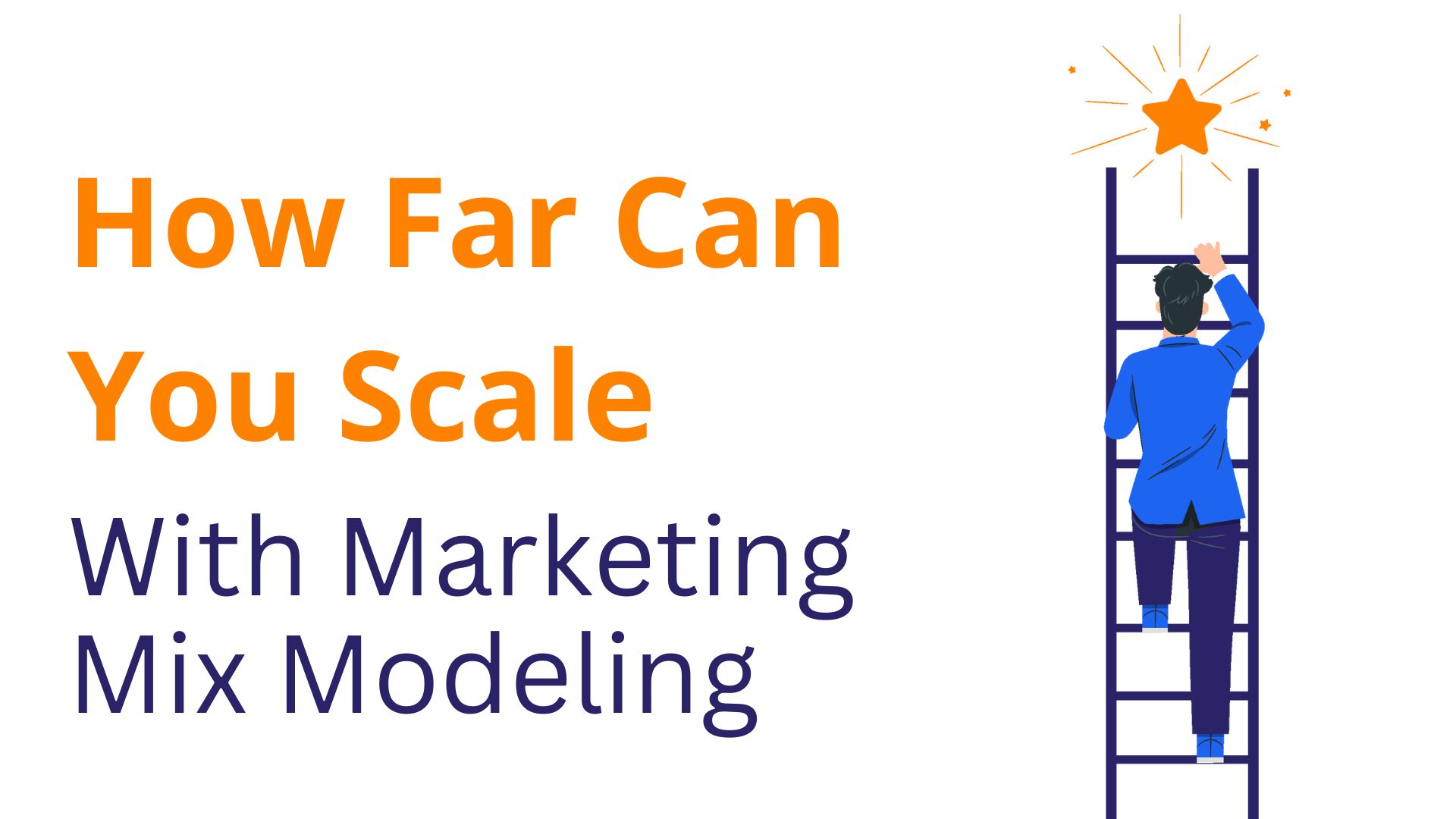Marketing Mix Modeling Expert’s Input on the COVID-19: Ken Gamage, Director, Data Strategy, at Cossette Media
Ken Gamage, Multi-disciplinary communications professional with expertise in Strategic Analytics & Econometrics (Marketing Mix Modeling), Qualitative Research, Social Psychology, Creative Production, P&L Management, Product Innovation, Semiotics & Art Theory.
How is the recent COVID-19 outbreak impacting
your day-to-day work life? What steps
are you taking to cope with this?
Now that many people are working from home, the norms have become quite different. This applies to those that are fortunate enough to hold onto their jobs. It also applies to those who have the types of jobs that transfer easily to working from home. My role, and the role of people in a marketing function, revolves around relationship building. Yes, we are indeed discussing budgets, running models, making PowerPoint decks, etc. but the very essence of what we do is about human connection. This is challenged by new human connection norms.
New opportunities are also emerging: all of a sudden the way that we operate day-to-day changes. And we are no longer going into face-to-face meetings. Instead, we’re having everything through video conferences. And oddly, this change has created a new norm of it being permissible to book people into many more meetings than normal to simulate what we’re missing in real life. I will say that working from home on a constant basis has exposed a more human version of each other where people are forced to behave more honestly and be more forgiving.
We’ve all given up on worrying (to varying degrees) about our kids jumping into our calls, or sharing images of our home offices or once private living spaces. This in a way has exposed a less professional version of ourselves. I think this is a key factor in driving vulnerability, which is a powerful transition though seeming so imperceptible.
We are also all concerned about how COVID-19 may affect our job security. This manifests itself as a variety of coping mechanisms from one person to another. Thus, people’s behaviors may change to reflect certain degrees of anxiety. Even though the current situation is difficult, there is this positive side to it that somehow teams are naturally becoming closer.
I don’t think that this is something that anyone would have predicted. In that, we intuitively think of social interactions that are mediated through a screen as being something that pushes us farther apart from one another. The opposite feels like the trend or more rightly a tension of feeling closer to teams but equally feeling apart. It’s unique.
According to you, how will the COVID-19 outbreak impact Marketing, Marketing Measurement, and Marketing Mix Modelling in particular?
It is so hard (or impossible really) to say where things are going to land. Still, the dust will settle. And we will hopefully get to a place where we overcome the obstacle of the current situation – probably in the summer or fall.
Things will certainly not be the same anymore and there will be so many shifts. This will make it hard to imagine things magically bouncing back to how they were.
Thinking about marketing in its essence, it really is about the influence marketing channels have on people. And when it comes to that, there is already a shift in the way people are consuming media. Suddenly, consumption habits are changing, people are more active on social media and TV. And they have less exposure to other media channels such as out-of-home billboards and perhaps tactile media like print. Radio is less present due to people not commuting, or forays into new genres like audiobooks or gaming, etc.
These changes may (or may not) stick and transform the media habits of the post-COVID world. Also, considering how COVID-19 will impact job security and the broader economy, it is worth noting that this will impact people’s purchasing power for some products. This is the desired end result of any marketing activity.
The traditional marketing funnel is upside down All of a sudden the actual conversion journey is changing. For instance, higher price tag items (like auto) are likely to be mentally ear-marked with no purchase occurring anytime soon as dealership visits are not possible. So a brand that focused once on consideration now, has to pivot upstream with a far longer purchase cycle. On the flip side, CPG and food products are now being panicked over.
Thus, consideration/trial/purchase consumer journey stages all happen at once with consumers hyper-aware and predicting inventory bottlenecks. Now stock availability has become a brand attribute that is highly disruptive. Beyond that share of voice (as an expression of media delivery and competitiveness in an MMM) has also been the victim of disruption. In that, some brands have pulled budget entirely and others capitalized on cheaper inventory and less cluttered advertising space. We can take all of that a step further and consider that people are also completely inattentive to advertising and focused on COVID.
They could also be focusing more on ads as it represents something that feels and looks ‘normal’. Focusing closely on Marketing Mix Modeling, there is now an opportunity to move away from focusing on marketing delivery metrics and ROI/ROMI/ROAS. And instead, look into economic factors and the use case around it for marketing.
It could potentially be a return to the purity of econometrics that has broader implications on traditional marketing econometrics or Marketing Mix Modeling.
Not knowing is ok
Obviously, no one really knows the window of COVID-19. Thus, while clients want the direction of where they should be placing their budget, and at what levels when they return to market (if they are retracting their budget), no one really has an answer for this. So, we are reporting on the facts without providing overfitting insights and propositions of what they should be doing. In a field where it is all about having all of the answers, I think it is more prudent to say: “hey, we might not actually know and that is OK.
How do you think Marketing Measurement can contribute to overcoming the economic consequences of this crisis?
We need to move our focus more towards two main points:
- Media consumption: marketing effectiveness has always been around the aggregate level of consumer behavior. It needs to take a deeper dive into including and unpacking in greater detail media consumption habits and patterns.
- Job security: Macroeconomic pulse metrics like this are being measured a lot more aggressively and frequently than they used. This might be a good model input candidate as it relates cross funnel but it is particularly relevant at the conversion end. Consequently, we should stop including some of the measures like unemployment and population growth, which are very blunt.
Instead, we need to factor in job security in a similar manner that we would include consumer confidence or disposable income into the base factors of a model. It’s a matter of pivoting and getting more details in some of the areas into which we haven’t historically had a view. We may need to have a renewed and higher level of agility with some of the models, and in reapplying how they function/operate and the types of questions they can answer. COVID-19 may be the elephant in the room, thus we need to ask questions about how to factor in mathematical models of infectious diseases in a broader way.
What can we do as a community to prepare to help the industry thrive again after this crisis?
As a community, it is crucial to be able to communicate amongst ourselves and externally about marketing effectiveness as it relates squarely to COVID. Many of us will have massive disruptions in our models during this period. It makes some sense to work together to find new approaches so that coming out of this, brands’ models will mathematically represent their business realities with some common truths. It is also an opportunity to begin being transparent about the very fundamentals of statistics: Marketing Mix Modeling has its roots in and is democratizing this information. There is this new spirit of all of us being willing to help each other out and get outside of our individual bubbles to become more philanthropic around the work we do.
Any advice you would like to share with the
community to cope with the COVID-19 outbreak?
Everyone around the globe started to work from home. As time is passing by, it may become harder to motivate ourselves. Working in the office has a natural effect of motiving you by being around motivated individuals (the beehive metaphor). This may change the way people engage with work. As they will inherently prioritize their work on external deadlines that are at tension with internal factors like personal motivation, mental health, and family responsibilities.
People have expectations for themselves to deliver projects in a very specific way. But because of the new norms and realities, it may get harder. This adds to the host of factors that executive management will have to navigate. In a nutshell, I think being honest and vulnerable (words rarely uttered in the context of Marketing Mix Modeling) given our common reality may be one of the best things we can have with our clients and teams right now.







